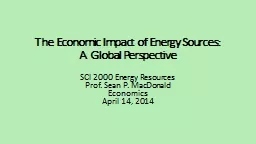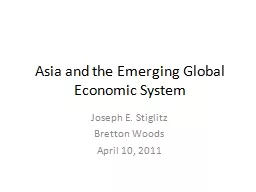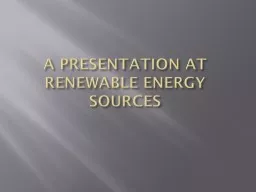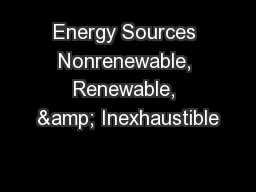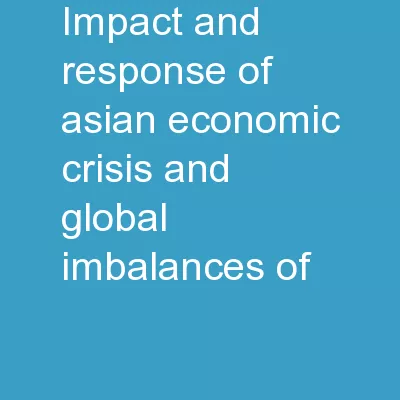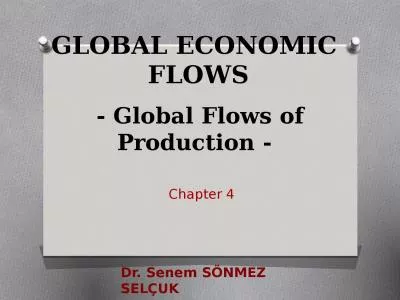PPT-The Economic Impact of Energy Sources: A Global Perspective
Author : jane-oiler | Published Date : 2018-12-13
SCI 2000 Energy Resources Prof Sean P MacDonald Economics April 14 2014 How can the Economic costs of energy sources be measured What to take into consideration
Presentation Embed Code
Download Presentation
Download Presentation The PPT/PDF document "The Economic Impact of Energy Sources: A..." is the property of its rightful owner. Permission is granted to download and print the materials on this website for personal, non-commercial use only, and to display it on your personal computer provided you do not modify the materials and that you retain all copyright notices contained in the materials. By downloading content from our website, you accept the terms of this agreement.
The Economic Impact of Energy Sources: A Global Perspective: Transcript
Download Rules Of Document
"The Economic Impact of Energy Sources: A Global Perspective"The content belongs to its owner. You may download and print it for personal use, without modification, and keep all copyright notices. By downloading, you agree to these terms.
Related Documents

